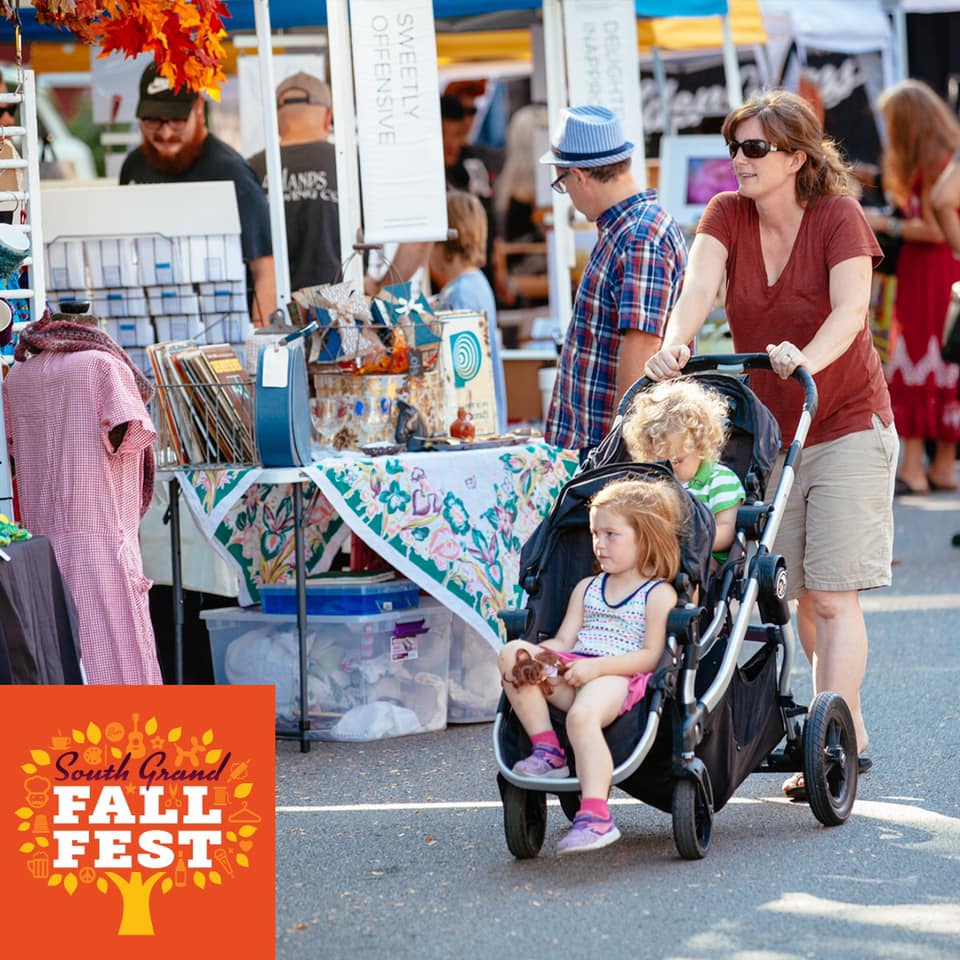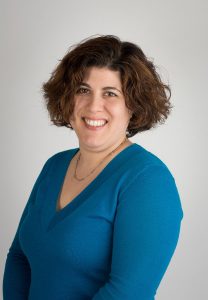
This article was written by Rachel Witt, Executive Director of the South Grand Community Improvement District. Read all the articles in the Lessons & Partnerships in Community & Economic Development series.

When neighbors connect with their main street their synergy fosters economic development and stability. Including residents and businesses on a main street’s ordinances, events, public art installations, and strategic planning create transparency. When a community unites, ideas are sparked, which brings vibrancy for years to come.
It is key to include residents and business owners in the planning process of a main street. These ideas can help spur economic development. For example, when a new business opened in our business district without informing our special taxing district on the size of their sign, it sparked discontent.
Residents and business owners were upset about the size of the sign, which is allowed per our city’s zoning standards. A committee of residents and business owners quickly formed, orchestrated by our special taxing district. The result, a proposed special use district ordinance, is being finalized to ban such a sign of that size again within the boundaries of our district. The local community spoke and got results. Also, while convening the committee, we determined additional regulations such as use and business types within the business district, storefront visibility, and outdoor lighting requirements, all drawn from the neighbors.
Another way we are connecting our community with our main street is by the creation of our nonprofit arm, the South Grand Cultural Alliance. Our special taxing district cannot apply for grants or ask for sponsorship for events due to our structure: thus, the formation of our nonprofit arm, the South Grand Cultural Alliance. Also, by having a separate board made up of residents and business owners, the community joins together in another way to incorporate events, public art, marketing, and branding of the district. In effect, a community is creating the entryway to their neighborhoods. The results are increased community involvement and increased revenue business from the community and visitors.
Finally, engaging neighborhoods in our strategic planning, as well as event planning and public art installations, unites our community. Residents and business owners work together for the success of a main street by uniting to have a vision for the future. Transparency and engagement are achieved by having staff attend neighborhood meetings, residents and business owners serve on our nonprofit arm’s board, and by having residents and business owners serve on committees makes our business district part of the neighborhood.
A community grows strong by having a thriving business community, amenities, public art installations, and activities that draw the public. Our towns can offer all these amenities that make us happy as humans. Any town can be strong today and gone tomorrow. But what holds us together or builds us back is people.
COVID-19 shutdown truly showed how lucky we are as a business district to have such a supportive community. Many residents informed me that they normally eat out once a month but instead now they are eating out once a week. South Grand is our home, and the businesses are like our family. We need to support our family, states a resident. When people care about their community it is a love letter to their town. That love is shown by volunteering to assist with the beautification of your community or by serving on a committee to help plan an event or just by supporting small businesses.
Including the community in ordinances, events, public art installations, and strategic planning unites residents and business owners to work in harmony for their community to remain vibrant for years to come.

Rachel Witt is the Executive Director of the South Grand Community Improvement District. Graduate from Southern Illinois University Edwardsville with a Bachelor of Science Degree in Geography, minor in Sociology and certification in Nonprofit Management. Master’s in public administration from Widener University emphasis in local government and economic development. Connect with Rachel on Linkedin or Email.
